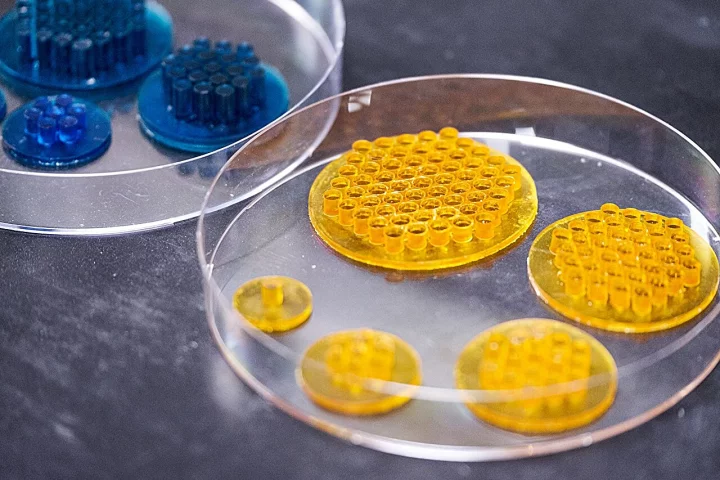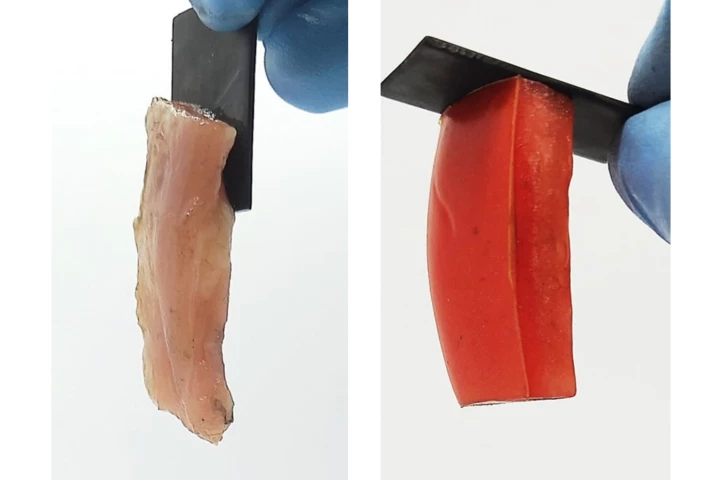Adhesive
-
Electronics that can't be easily dismantled for recycling aren't very eco-friendly, nor are petroleum-based adhesives. Scientists have set about addressing both issues, by developing a switchable adhesive made mainly of rose oil.
-
It’s hard to get glue to work underwater – unless you’re a mussel. Scientists have now created a new adhesive that combines the stickiness of mussel’s natural glue with the slimy, germ-repelling nature of mucus.
-
A study suggests that a certain salamander may be able to control its grip on trees' bark by pumping blood in and out of the tips of its toes. This strategy could one day be copied in human technology such as prosthetic hands and reusable adhesives.
-
Manufacturing could be dramatically changed thanks to two new techniques for joining materials created by scientists in Austria. The two methods create super strong bonds at the pore level, eliminating the need for caustic adhesives.
-
Forget radioactive spiders – a new breakthrough could make it easier to get Spider-Man’s wall-crawling powers. Scientists in Singapore have created a strong and reusable adhesive out of a shape-memory polymer, triggered by temperature changes.
-
Imagine if a hard metal implant could be bonded to soft biological tissue without using any adhesive, then easily removed when no longer needed. That and other nifty things could soon be possible, thanks to a new understanding of electroadhesion.
-
If you've ever tried pulling a mussel off a rock, you'll know that they're good at holding on. The secret to their success is a natural adhesive, which has been replicated in a glue that could help keep orthopedic implants attached to bone tissue.
-
Getting glue to stick in dry conditions is relatively easy, but having it maintain a bond underwater is much more difficult. That said, a new bio-based glue not only works underwater, it actually gets stronger when immersed.
-
An intriguing new glue can basically be switched on and off on demand. The adhesive sticks together when hit with one wavelength of light, and breaks apart with another, allowing it to be removed and reused easily – potentially, even underwater.
-
The machinery at municipal recycling facilities often gets jammed up with the adhesives utilized on items such as jar labels and boxes. That may cease to be the case in the not-too-distant future, however, thanks to a new degradable adhesive.
-
Ordinarily, adhesive tape either boasts a strong hold or is easy to remove. Drawing inspiration from an ancient paper-cutting technique, however, scientists have now devised a method of combining both qualities in existing types of tape.
-
Researchers have created a synthetic “cellular glue” that bonds cells together to different degrees. The technique could speed up wound healing, even in tissues that don’t heal well naturally, and eventually allow scientists to build better organs.
Load More











